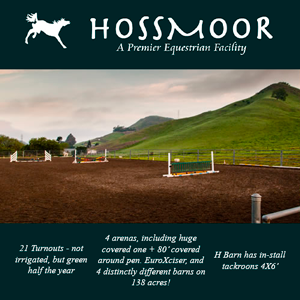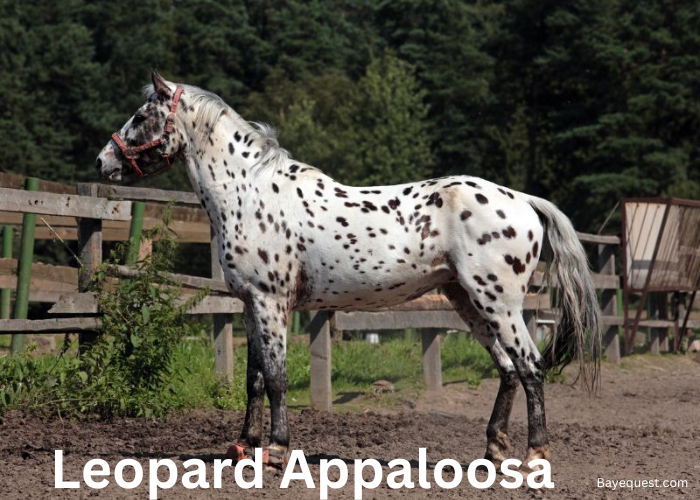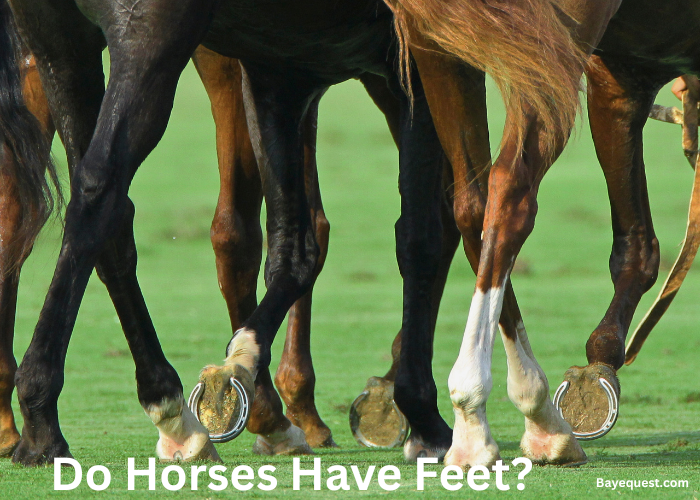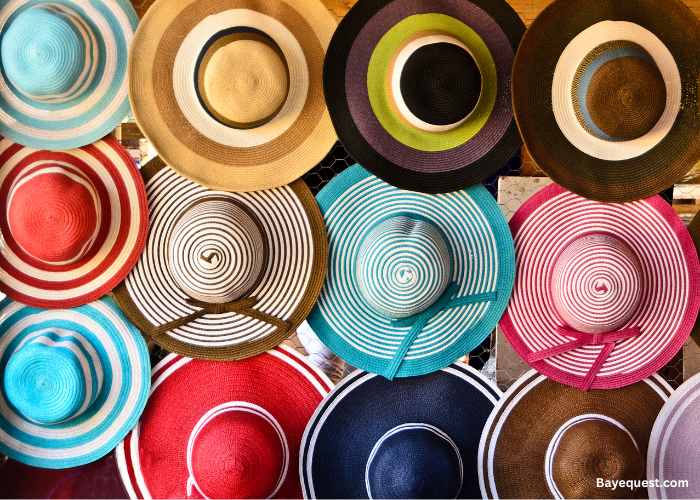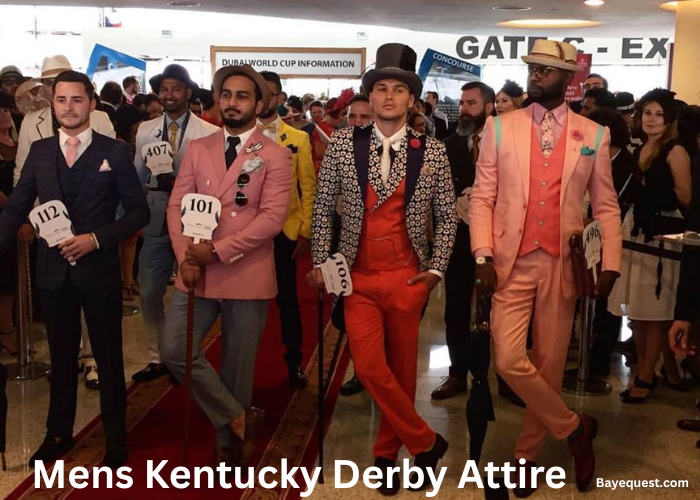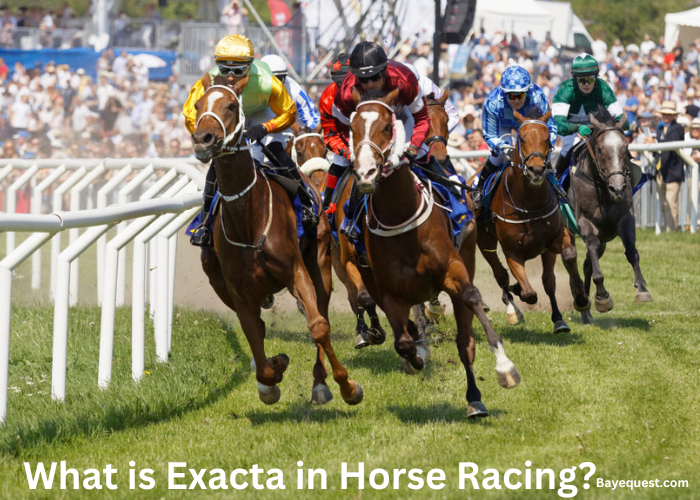With its wild cat-like spots and powerhouse build, the Leopard Appaloosa stands out in any crowd. Its coat, looking as if painted by nature itself, tells just a piece of the story.
This horse has boldness in its veins and loyalty in its heart, carrying deep Native American heritage. Whether in the show ring or on a rugged trail, the Leopard Appaloosa combines flair, strength, and just a hint of mischief.
Curious about what makes this spotted wonder so unforgettable? Let’s explore its vibrant world.
What is a Leopard Appaloosa?
A Leopard Appaloosa is a horse with a striking coat pattern, white all over the body with dark, round spots scattered across it, much like a leopard’s spots.
This bold look is one of the most recognizable among Appaloosas, a breed with a variety of spotted patterns.
But here’s the twist: “Leopard” refers to the color pattern, not a separate breed.
So, a Leopard Appaloosa is still an Appaloosa at heart, smart, versatile, and tough, but dressed in a flashy, show-stopping coat that turns heads wherever it goes.
Appaloosa Breed History
The Leopard Appaloosa traces its roots back to the Nez Perce tribe of the Pacific Northwest.
This Native American tribe was known for its skilled horsemanship and selective breeding. They prized horses that were fast, strong, and smart, and they had a special fondness for spotted coats.
By the 1700s, the Nez Perce had developed a distinct breed with bold coloring and excellent endurance.
These horses became known for their beauty and reliability. Early explorers and settlers noticed their spotted coats and admired their toughness.
Unfortunately, the U.S. government later seized many of the Nez Perce horses during the tribe’s forced relocation in the late 1800s.
The breed nearly vanished. But in the 1930s, a group of breeders set out to revive the Appaloosa.
With help from historical records and surviving horses, they brought the breed back to life.
In 1938, the Appaloosa Horse Club was formed to protect and promote the breed. The Leopard pattern quickly became one of the most popular and recognizable varieties.
Today, the Leopard Appaloosa is a living tribute to the breed’s rich Native American heritage and remarkable comeback story.
Genetics Behind the Spots of the Leopard Appaloosa
The Leopard Appaloosa’s iconic spots come from a special gene called the Leopard Complex, often shortened to LP.
This gene is responsible for the unique coat patterns seen in Appaloosas, including the bold, all-over spots of the Leopard pattern.
But the LP gene doesn’t work alone. It teams up with other genes called pattern modifiers, which decide how many spots appear, how big they are, and where they show up.
If a horse inherits one copy of the LP gene, it may show some traits, like mottled skin or striped hooves, but not always the full spotted coat.
A horse with two copies of the gene is more likely to display a dramatic pattern like the Leopard.
In short, it’s a mix of science and surprise. Even experienced breeders can’t always predict the final look. But when those spots appear in full Leopard glory, they’re nothing short of breathtaking.
Leopard Appaloosa Genotype and Lab Report
When you want to know whether a horse truly carries the genetics for the Leopard pattern, a DNA test is the most reliable method.
Most labs focus on two specific genes: LP (Leopard Complex) and PATN1 (Pattern-1 Modifier).
The LP gene is the master switch for Appaloosa traits. A horse must have at least one copy of LP to show Appaloosa features, like mottled skin, white sclera, and striped hooves.
However, those traits alone don’t guarantee a spotted coat. That’s where PATN1 comes in.
LP/LP (homozygous positive) horses show the boldest patterns, often full-body spots like the Leopard coat. They’re also more likely to have Congenital Stationary Night Blindness (CSNB), a condition where they struggle to see in the dark.
LP/lp (heterozygous) horses carry one copy of the gene. They may show some spotting or just minimal Appaloosa characteristics.
lp/lp horses will not display Appaloosa patterns even if both parents were spotted.
The PATN1 gene acts like a pattern enhancer. If a horse tests LP/lp but also has PATN1, it can still have a Leopard-like pattern. Without PATN1, even LP/LP horses may only show minimal white.
A lab report breaks down these gene combinations, along with possible risks and traits. For breeders, it’s a valuable tool in predicting how foals will look.
For buyers, it offers peace of mind when investing in a Leopard Appaloosa with true, test-backed genetics.
Key Features of the Leopard Appaloosa
The Leopard Appaloosa isn’t just known for its striking spots. It has a set of unique physical traits that make it stand out in any herd.
Here are some of its most recognizable features:
Leopard coat pattern. The star of the show. A white base coat covered in dark, evenly spaced spots. The spots can be black, brown, or chestnut, depending on the horse’s base color.
Mottled skin. Look closely at the muzzle, genitals, and around the eyes. The skin here often shows pink and dark mottling, a trademark of Appaloosa genetics.
White sclera. Unlike most horses, the Appaloosa has a visible white sclera—the part of the eye surrounding the iris. It gives them an expressive, almost human look.
Striped hooves. Many Leopard Appaloosas have vertical light and dark stripes on their hooves. It’s not from injury, it’s genetic.
Strong, compact build. Typically muscular with a deep chest, solid legs, and a balanced frame. Built for endurance, speed, and versatility.
Short, sparse mane and tail. Often lighter and less thick compared to other breeds, giving them a sleek and tidy look.
Uses and Discipline of the Leopard Horse
The Leopard Appaloosa is a versatile performer across a wide range of disciplines. With a strong build, intelligent mind, and willing nature, this horse fits in everywhere from ranch work to show rings.
Let’s explore where these spotted equines stand out:
1. Trail riding champion
Leopard Appaloosas make excellent trail horses. They’re sure-footed, calm under pressure, and built for endurance.
Whether it’s rocky paths or long treks, they handle the challenge with ease.
2. Western disciplines
These horses shine in Western events like barrel racing, reining, roping, and cutting. Their agility, speed, and responsiveness give them an edge in rodeo sports and arena work.
3. English riding and jumping
While often seen in Western saddles, some Leopard Appaloosas transition well into English disciplines. They compete in jumping, dressage, and even eventing, thanks to their athleticism and trainability.
Related read: Difference Between English and Western Riding.
4. Reliable ranch partner
On working ranches, Leopard Appaloosas are trusted for cattle work, fence patrol, and daily chores. Their strength and stamina make them dependable partners in rugged environments.
5. Endurance riding
With roots in long-distance travel, many Leopard Appaloosas are natural endurance horses.
They’re tough, efficient, and don’t tire easily, perfect for competitive or recreational distance riding.
6. Family and youth horses
Due to their friendly and gentle personalities, Leopard Appaloosas are popular with families. Many serve as first horses for young or beginner riders.
7. Parade and show ring favorites
With their bold spots and confident presence, Leopard Appaloosas turn heads in parades and breed shows. Judges and spectators alike are drawn to their distinctive look and charm.
Common Health Issues of the Leopard Appaloosa
Like any breed, Leopard Appaloosas come with a few health concerns. Most of these are tied to the genes responsible for their spotted coat, particularly the Leopard Complex (LP) gene.
Here are some of the health conditions;
Congenital Stationary Night Blindness (CSNB)
This is one of the most well-known genetic conditions linked to the LP gene, specifically in horses that inherit two copies of it (LP/LP).
Horses with CSNB are born with poor night vision or complete blindness in low-light environments.
The condition is non-progressive, meaning it doesn’t get worse over time, but it can affect a horse’s confidence and behavior in the dark.
Affected horses might freeze, refuse to move, or spook easily in poorly lit areas. While there’s no cure, it’s manageable.
Owners can help by providing good lighting in barns, avoiding night rides, and approaching the horse gently in dim conditions.
A genetic test can confirm the presence of LP and help breeders avoid producing CSNB foals.
Equine Recurrent Uveitis (ERU)
Also known as “moon blindness,” ERU is an inflammatory condition of the eye that can cause pain, cloudiness, tearing, and sensitivity to light. In severe or untreated cases, it may lead to permanent vision loss.
Studies have shown that Appaloosas, especially those with LP, are more likely to develop ERU than other breeds.
While the exact cause isn’t fully understood, genetics, autoimmune reactions, and infections like leptospirosis may all play a role.
Sunburn and skin sensitivity
Because Leopard Appaloosas often have large white patches and pink skin, particularly on the face and around the eyes, they are more prone to sunburn.
Extended sun exposure can lead to painful burns, cracking, and even skin infections.
To prevent this, use fly masks with UV protection, provide shaded turnout areas, and apply sunscreen on sensitive spots.
Horses with pale skin should also be checked regularly for signs of irritation or damage.
Fun Facts About Leopard Appaloosas
1. No two Leopard Appaloosas have the same spot pattern.
2. Their spots can increase or fade as they age.
3. They have visible white sclera, just like humans.
4. Striped hooves are a signature trait of the breed.
5. They were once prized by the Nez Perce tribe.
6. Leopard Appaloosas can appear in parades and movies.
7. Some have sparse manes and tails due to genetics.
8. They can carry the LP gene without showing spots.
9. Other breeds, like Knabstruppers, can also show Leopard patterns.
10. They’re known for being smart, bold, and quirky.
11. Appaloosa foals may be born solid and develop spots later.
12. They’re one of the most recognizable horse types in the world.
13. Mottled skin around the muzzle and eyes is a common trait.
14. Their patterns are influenced by more than one gene.
15. They make excellent trail, show, and ranch horses.
Leopard Appaloosa Vs Knabstrupper
The Leopard Appaloosa and Knabstrupper may look similar, but they come from different worlds.
The Leopard Appaloosa is an American breed with roots in Native American history while the Knabstrupper is European, developed in Denmark for cavalry and carriage use.
Appaloosas are compact, muscular, and great for trail riding and Western work. Knabstruppers are taller, elegant, and often used in dressage and sport horse events.
Both have spotted coats, but Knabstruppers usually have a more consistent leopard pattern.
Appaloosas may have thinner manes and tails, while Knabstruppers tend to have fuller hair. Appaloosas can carry genes linked to night blindness, but Knabstruppers are less prone to this issue.
Appaloosas have bold, sometimes quirky personalities, while Knabstruppers are calm and steady.
Both are beautiful, but they serve very different riding styles and riders.
How Much Does a Leopard Appaloosa Cost?
The cost of a Leopard Appaloosa can vary widely depending on quality, pedigree, training, and appearance.
On average, you can expect to pay between $5,000 and $10,000 for a well-bred horse with a striking Leopard coat pattern.
Horses from reputable breeders, especially those with champion bloodlines, proven performance, or potential as breeding stock, can sell for much more.
Younger, untrained horses or those without registration may cost less, but prices climb quickly for horses with show records, rare markings, or exceptional conformation.
A Leopard Appaloosa with standout color and good training is a true investment, both in looks and ability.

Appaloosa Horse Leopard: Conclusion
The Leopard Appaloosa is a showstopper on four legs. With its wild spots, rich history, and bold personality, it’s easy to see why this breed turns heads everywhere.
It’s smart, sturdy, and full of charm. Whether you’re hitting the trails, entering the ring, or just admiring that one-of-a-kind coat, the Leopard Appaloosa brings beauty and brains in one powerful package.
If you’re looking for a horse with personality and pattern, this one checks all the boxes. Spotted, spirited, and seriously unforgettable.
What more could you ask for?
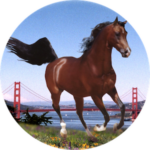

 Click To Subscribe
Click To Subscribe
